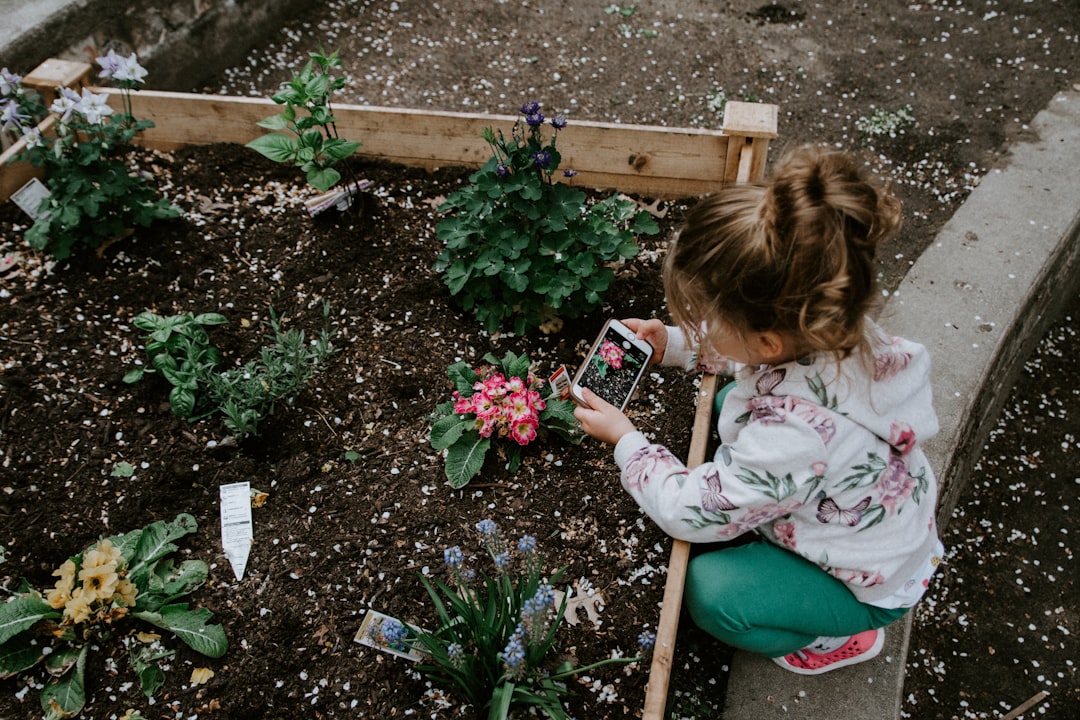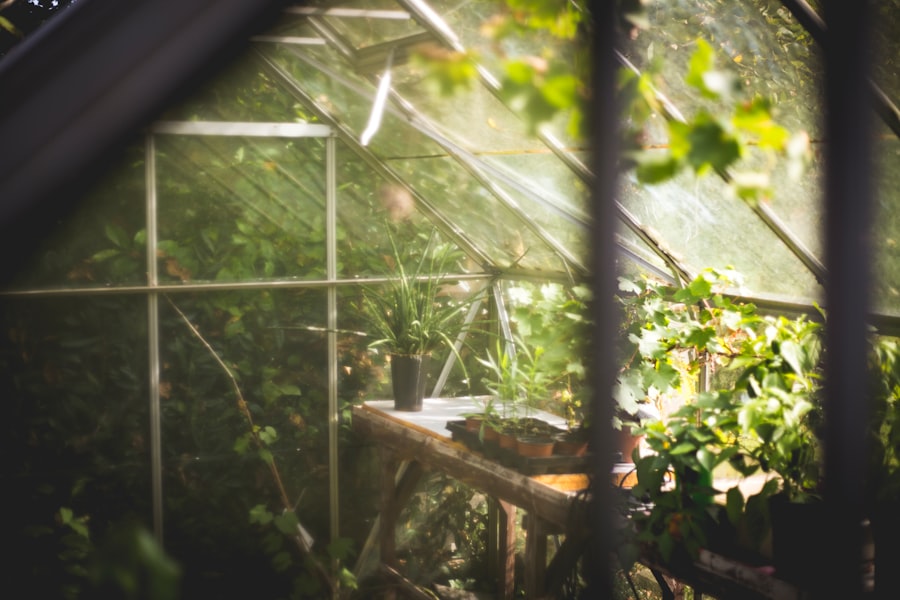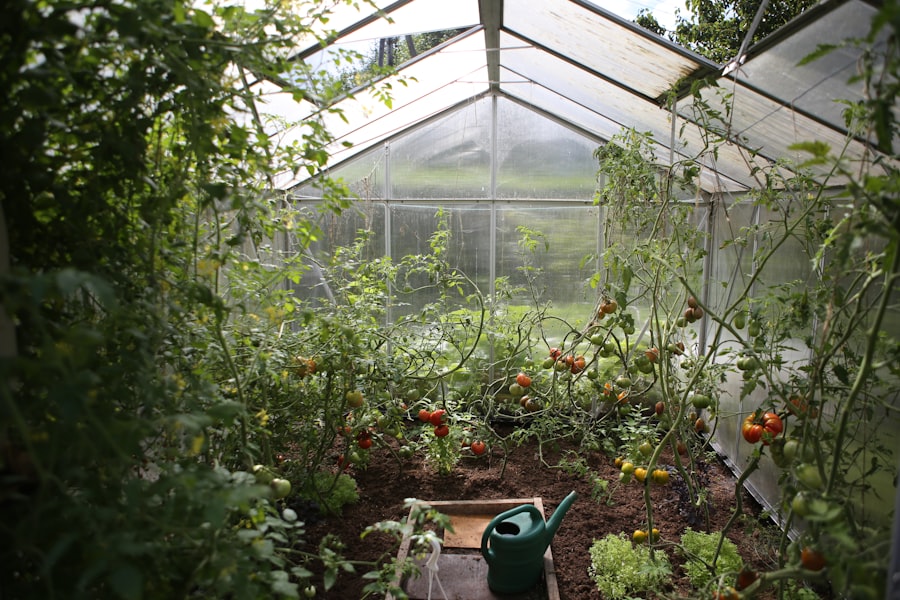
Morocco, a North African nation bordered by the Atlantic Ocean and the Mediterranean Sea, is a land of rich cultural heritage and stunning landscapes. Its geographical diversity ranges from the snow-capped Atlas Mountains to the vast Sahara Desert, making it a unique destination for travelers seeking both adventure and cultural immersion. The country is known for its vibrant cities, each with its own distinct character, from the bustling souks of Marrakech to the historic medinas of Fes and Essaouira.
Morocco’s strategic location has made it a crossroads of various civilizations, resulting in a tapestry of influences that shape its identity today. The Moroccan landscape is as varied as its culture, featuring coastal towns, mountainous regions, and arid deserts. This diversity not only attracts tourists but also supports a wide range of flora and fauna.
The country’s climate varies significantly from region to region, with coastal areas enjoying a Mediterranean climate while the interior experiences more extreme temperatures. This climatic variety contributes to Morocco’s agricultural richness, particularly in the production of olives, citrus fruits, and argan oil. As travelers explore Morocco, they are often captivated by the warm hospitality of its people, who take pride in their traditions and heritage.
Key Takeaways
- Morocco is a diverse and vibrant country located in North Africa, known for its rich history, stunning landscapes, and delicious cuisine.
- The country has a fascinating history, with influences from Berber, Arab, and European cultures, and is home to ancient cities, beautiful architecture, and traditional crafts.
- Must-visit places in Morocco include the bustling city of Marrakech, the blue-washed town of Chefchaouen, the ancient city of Fes, and the coastal town of Essaouira.
- Morocco is home to natural wonders such as the Sahara Desert, the Atlas Mountains, and the stunning coastal areas, as well as landmarks like the famous Ait Benhaddou kasbah and the Hassan II Mosque in Casablanca.
- Traditional Moroccan cuisine is a highlight of any visit, with dishes like tagine, couscous, and pastilla, and the country’s markets are a treasure trove of spices, textiles, and handicrafts. When traveling in Morocco, it’s important to respect local customs, dress modestly, and be mindful of cultural differences.
Historical and Cultural Facts
Morocco’s history is a fascinating blend of indigenous Berber roots, Arab influence, and European colonialism. The Berbers, the original inhabitants of the region, have a rich cultural legacy that predates the arrival of Arab settlers in the 7th century. The Arab conquest brought Islam to Morocco, which has since become a central aspect of Moroccan identity.
The country has seen the rise and fall of various dynasties, including the Almoravids and Almohads, who left behind impressive architectural marvels such as the Koutoubia Mosque in Marrakech and the Hassan II Mosque in Casablanca. The cultural fabric of Morocco is woven with traditions that reflect its diverse history. Music plays a significant role in Moroccan culture, with genres like Gnawa, Chaabi, and Amazigh music resonating throughout the country.
Festivals such as the Fes Festival of World Sacred Music and the Marrakech International Film Festival showcase Morocco’s artistic vibrancy and its commitment to preserving cultural heritage. Additionally, Moroccan art is characterized by intricate tile work, known as zellige, and elaborate wood carvings that adorn mosques and palaces. These artistic expressions not only serve aesthetic purposes but also tell stories of Morocco’s past and present.
Must-Visit Places in Morocco

When it comes to must-visit places in Morocco, Marrakech often tops the list. Known as the “Red City” for its distinctive red sandstone buildings, Marrakech is a sensory overload of sights, sounds, and smells. The bustling Jemaa el-Fnaa square is a focal point where street performers, snake charmers, and food vendors create an electric atmosphere.
Visitors can explore the historic Medina, a UNESCO World Heritage site filled with narrow winding streets leading to hidden riads and vibrant souks selling everything from spices to handcrafted leather goods. Fes is another essential destination for those interested in history and culture. As one of the oldest cities in Morocco, Fes boasts an impressive medina that is often regarded as one of the best-preserved medieval cities in the world.
The University of Al Quaraouiyine, founded in 859 AD, is considered the oldest existing degree-granting university in the world. Wandering through Fes’s labyrinthine streets offers a glimpse into traditional Moroccan life, with artisans practicing age-old crafts such as pottery and weaving. The tanneries of Fes are particularly noteworthy; visitors can observe the ancient process of leather production that has remained largely unchanged for centuries.
Natural Wonders and Landmarks
| Landmark | Location | Height/Size | Year of Discovery |
|---|---|---|---|
| Grand Canyon | Arizona, USA | 277 miles long, 18 miles wide, 1 mile deep | 1540 |
| Great Barrier Reef | Australia | 133,000 square miles | 1770 |
| Mount Everest | Nepal/China border | 29,029 feet | 1856 |
| Niagara Falls | Canada/USA border | 167 feet | 1678 |
Morocco’s natural wonders are as captivating as its cities. The Sahara Desert, one of the largest deserts in the world, offers an otherworldly experience for those willing to venture into its vast expanse. Erg Chebbi, located near Merzouga, is famous for its towering sand dunes that can reach heights of up to 150 meters.
Adventurers can embark on camel treks across the dunes at sunrise or sunset, witnessing breathtaking views that seem to stretch endlessly into the horizon. The experience of spending a night under the stars in a traditional Berber tent is unforgettable, as the desert sky reveals a dazzling array of constellations.
The Toubkal National Park is home to Mount Toubkal, the highest peak in North Africa at 4,167 meters. Trekkers from around the world flock to this region to challenge themselves against its rugged terrain while enjoying breathtaking views of valleys dotted with traditional Berber villages. The region is also rich in biodiversity; hikers may encounter unique flora and fauna endemic to this mountainous environment.
The contrast between the snow-capped peaks and lush valleys creates a striking visual experience that highlights Morocco’s diverse geography.
Traditional Moroccan Cuisine and Markets
Moroccan cuisine is renowned for its bold flavors and aromatic spices, reflecting the country’s diverse cultural influences. A quintessential dish is tagine, a slow-cooked stew named after the earthenware pot in which it is prepared. Tagines can be made with various ingredients such as lamb, chicken, or vegetables, often accompanied by fragrant couscous or bread.
The use of spices like saffron, cumin, and cinnamon elevates these dishes to new heights, creating a symphony of flavors that tantalize the palate. Markets, or souks, are an integral part of Moroccan life and offer an immersive experience for visitors. In cities like Marrakech and Fes, souks are bustling with vendors selling everything from spices to textiles and handcrafted jewelry.
The vibrant colors and enticing aromas create an atmosphere that invites exploration. Haggling is a common practice in these markets; it’s not just about buying goods but also about engaging with local culture and customs. Visitors can sample street food delicacies such as harira (a traditional soup) or pastilla (a savory pastry filled with pigeon or chicken), providing an authentic taste of Moroccan culinary traditions.
Tips for Traveling in Morocco

Traveling in Morocco can be an enriching experience if approached with an open mind and some practical knowledge. One essential tip is to respect local customs and traditions, particularly when visiting religious sites or rural areas. Dress modestly to align with cultural norms; women may find it beneficial to wear long skirts or loose-fitting clothing while men should avoid shorts in conservative areas.
Learning a few basic Arabic or French phrases can also enhance interactions with locals and demonstrate respect for their culture. Navigating Moroccan cities can be challenging due to their labyrinthine medinas; it’s advisable to have a map or use GPS on your smartphone. Hiring a local guide can provide valuable insights into historical sites and hidden gems that might otherwise be overlooked.
Public transportation options such as buses and trains are generally reliable for traveling between cities; however, for more remote areas or mountainous regions, consider hiring a private driver or joining a guided tour for convenience. Lastly, always keep an eye on your belongings in crowded areas to avoid petty theft; being aware of your surroundings will help ensure a safe and enjoyable journey through this enchanting country.
If you’re interested in exploring more about unique destinations and their intriguing facts, you might find the article on Utah Facts and Places to Visit quite fascinating. Similar to the comprehensive insights provided about Morocco, this article delves into the natural beauty, historical landmarks, and cultural significance of Utah. It offers a detailed exploration of places like Zion National Park and the Great Salt Lake, enriching your understanding of what makes Utah a remarkable place to visit.
FAQs
What are some interesting facts about Morocco?
– Morocco is the only African country that is not a member of the African Union.
– The official language is Arabic, but French is also widely spoken.
– Morocco is known for its diverse geography, including the Sahara Desert, the Atlas Mountains, and the Atlantic and Mediterranean coastlines.
What are some popular places to visit in Morocco?
– Marrakech: Known for its bustling souks, palaces, and gardens.
– Fes: Famous for its well-preserved medieval architecture and the oldest university in the world.
– Chefchaouen: A picturesque town known for its blue-washed buildings.
– Casablanca: Morocco’s largest city, known for its modern architecture and the Hassan II Mosque.
What are some must-see sights in Morocco?
– The Hassan II Mosque in Casablanca: One of the largest mosques in the world.
– The Jardin Majorelle in Marrakech: A stunning garden designed by French painter Jacques Majorelle.
– The Sahara Desert: A vast expanse of sand dunes and stunning landscapes.
– The Atlas Mountains: A popular destination for hiking and trekking.



